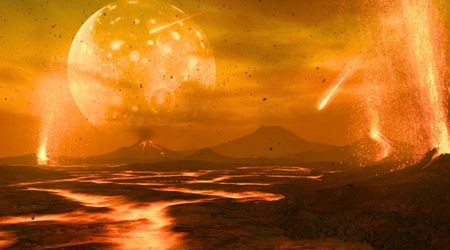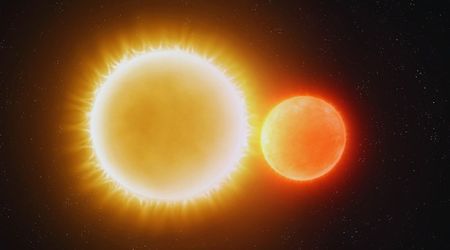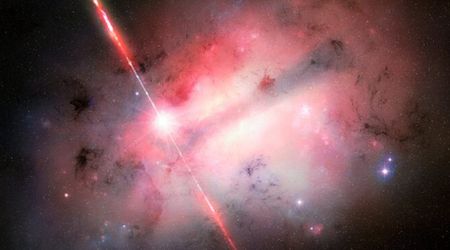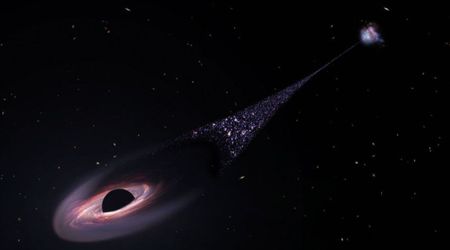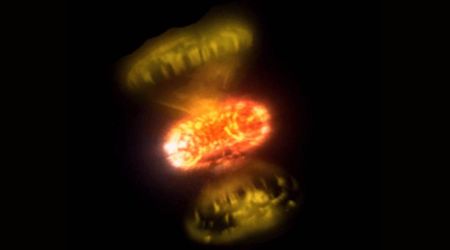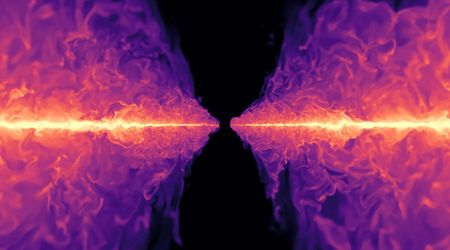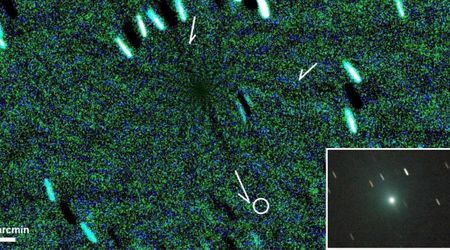NASA's NICER records periodic X-ray flares near massive black holes and maps their cosmic evolution

NASA’s Neutron star Interior Composition Explorer (NICER) helped scientists look into the periodic X-rays near the environment of black holes. These X-ray flares, called quasi-periodic eruptions (QPEs), emerged from a system nicknamed Ansky, which was the eighth QPE source, according to NASA. The eruptions in Ansky had a set schedule, where they occurred at an estimated interval of 4.5 days and lasted for approximately 1.5 days. Experts now have a better understanding of the unique periodic phenomena and their atmosphere.

“These QPEs are mysterious and intensely interesting phenomena,” stated Joheen Chakraborty, a graduate student at the Massachusetts Institute of Technology, Cambridge. They grabbed attention for their quasi-periodic nature, with scientists attempting to build models to study them. “We’re still developing the methodologies and frameworks we need to understand what causes QPEs, and Ansky’s unusual properties are helping us improve those tools,” he added. Ansky was the first to hint at such an unusual phenomenon happening periodically in space.
NASA’s NICER Maps Debris From Recurring Cosmic Crashes pic.twitter.com/sYoftLiaPK
— The Space Watch (@TheSpaceWatch) May 7, 2025
The name Ansky was derived from ZTF19acnskyy, the title of a visible-light outburst, recorded in 2019. According to a paper published in The Astrophysical Journal, it was situated in a galaxy around 300 million light-years away in the constellation Virgo. QPEs were thought to happen when a low-mass object passed through the gas surrounding a massive black hole containing mass exponentially multiplied by that of the Sun. This meant that the intense gravity around the black hole or even a neutron star tore apart any star that passed by.

The QPEs in X-rays could be the expanding clouds of hot gas expelled during the collision. The repetition in the flares could indicate that the object did not disintegrate in one go, with gravity pulling it back to undergo the process repeatedly. This kept happening until the smaller object entirely disappeared, according to NASA. “Ansky’s extreme properties may be due to the nature of the disk around its supermassive black hole,” said Lorena Hernández-García, an astrophysicist at the Millennium Nucleus on Transversal Research and Technology to Explore Supermassive Black Holes, the Millennium Institute of Astrophysics, and the University of Valparaíso in Chile.

They found that most QPE systems witnessed the black hole shedding a star and creating a small disk. However, in Ansky, the disk was much larger and could ‘engulf objects farther away,’ according to the video by NASA Goddard. The data from NICER and XMM-Newton were used to map the evolution of the material that influenced the QPEs. The position of NICER on the International Space Station (ISS) allowed it to see the event 16 times every day from May to July 2024. The frequency was compared to the X-ray fluctuations, thereby helping NICER measure the size and temperature of the almost spherical bubble of debris.
“All NICER’s Ansky observations used in these papers were collected after the instrument experienced a ‘light leak’ in May 2023,” stated Zaven Arzoumanian, the mission’s science lead at NASA’s Goddard Space Flight Center in Greenbelt, Maryland. NICER continued to observe Ansky post-repair and investigated how the outbursts evolved, per NASA. The study of QPEs would be key to a new era of multimessenger astronomy. This system would combine data from measurements to better understand objects and events in the universe.
